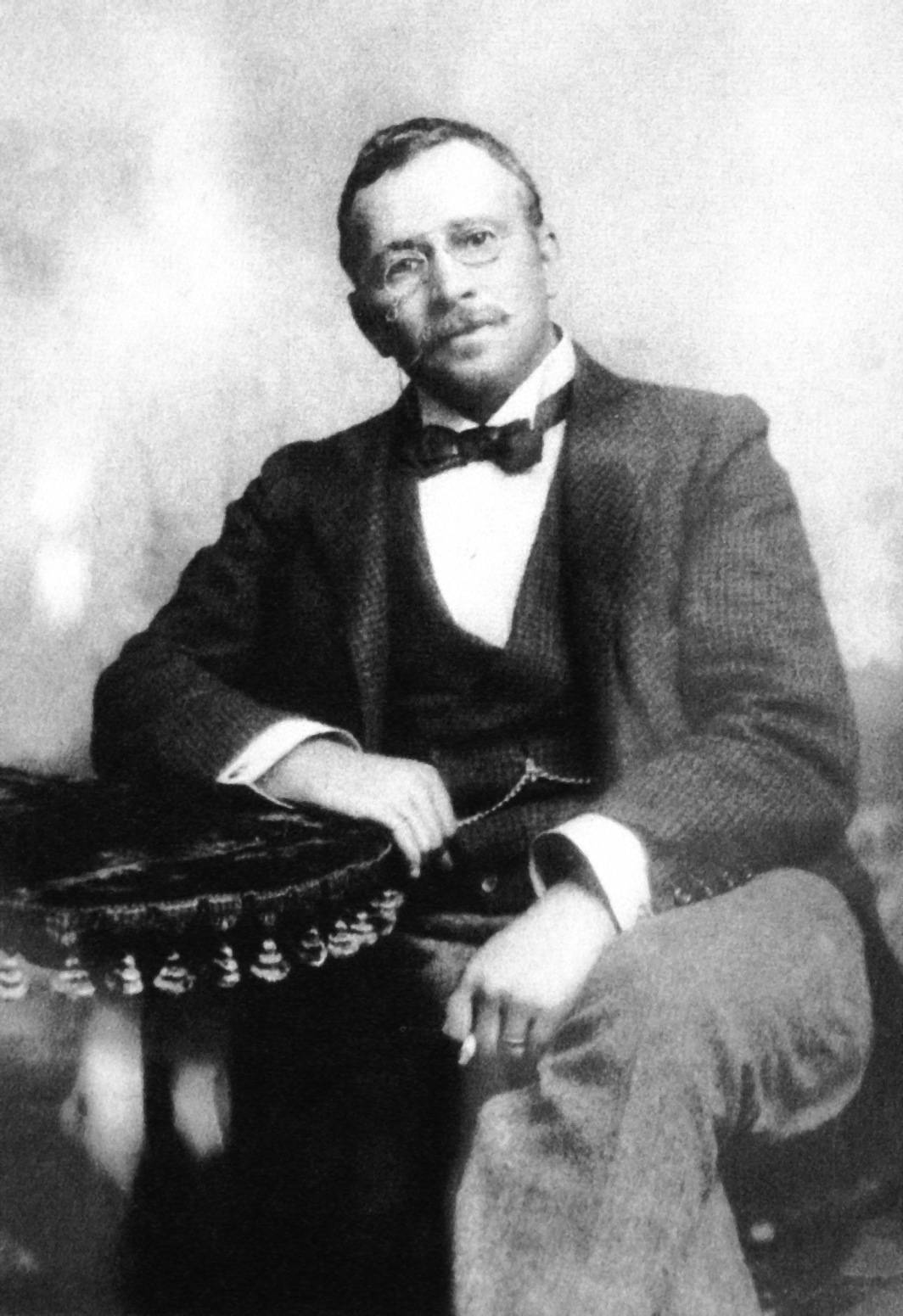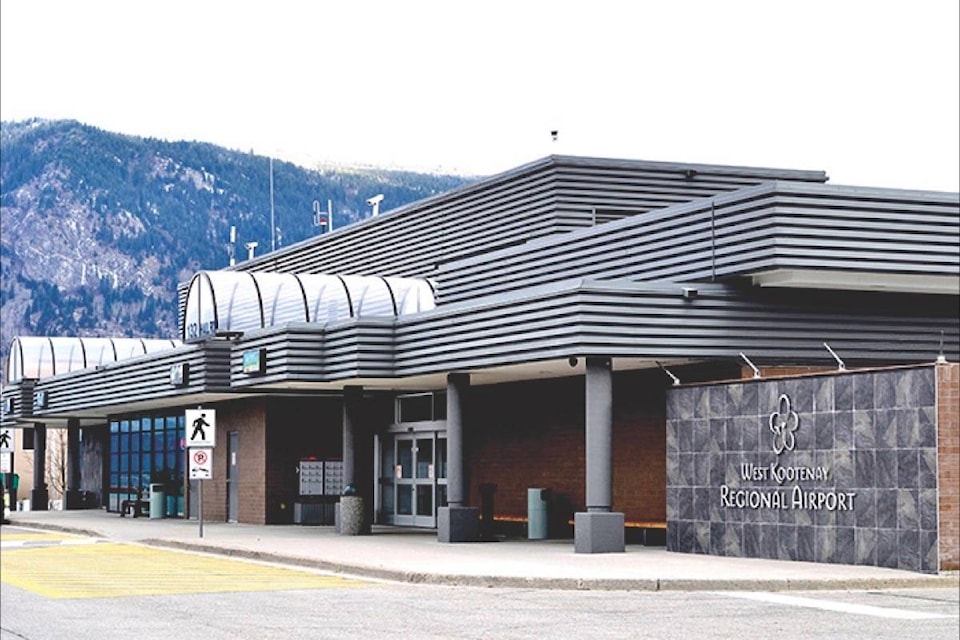A series on West Kootenay/Boundary place names
It’s one of the least flattering yet most commonly used nicknames in our region.
The earliest known reference to Cancelgar — an epithet for the Castlegar airport, based on its unreliability, or at least the perception of its unreliability — was in the Nelson Daily News of Nov. 12, 1999 in a story about locally-raised soprano Nancy Argenta:
“‘Please don’t call it that,’ she laughs when reminded that the Castlegar Airport is sometimes called Cancelgar. ‘I don’t want to have to take the bus to Vancouver.’”
The second reference was in the subject line of a Usenet posting from Nov. 30, 1999. But the name had likely been around for a few years by that point.
It even earned a mention in the New York Times of Nov. 21, 2004, in a story about Nelson: “The nearest major airport is in Spokane. A smaller airport in Castlegar, British Columbia, is fogged in so often locals call it Cancelgar.”
Jim Gouk, a former air traffic controller, local MP, and consultant to the City of Castlegar on improving the airport’s reliability, doesn’t know when the term came into vogue. But it probably had to do with changing aircraft.
“Sometime in the ‘80s we switched from B737 to DH7 which was a four-engine turboprop with short takeoff and landing abilities,” he says. “The limits dropped to 1,700 feet for them. Unfortunately they were not an overall practical aircraft for the airline as they were relatively slow and high fuel consuming. Enter the age of the current Dash 8.
“About that time digital mapping came into use which resulted in more precise information about terrain which in turn caused Transport Canada to increase airport limits.”
Approach limits are now 3,000 feet, although the City of Castlegar commissioned a report about lowering them to 1,000 feet through a procedure called Required Navigation Performance.
“There are lots of hoops to yet go through but it should eventually be adopted and provide the lowest limits Castlegar has ever had and with that, greater reliability,” Gouk says.
But he says that won’t likely happen before 2020.
BARNATO
In discussing the area north of Trout Lake, the Revelstoke Herald of April 3, 1897 commented: “Call this district Fish Creek, Arrowhead, Comaplix, or Barnato; anything but Lardeau, for that it can never be.” And the Calgary Herald of May 27, 1897 stated: “Though Thomson’s Landing — or ‘Barnato’ as it is to be called henceforth — is not large it by no means lacks those little evidences of culture and refinement …”
Barnato was undoubtedly a reference to Barney Barnato (1851-97), an entrepreneur prominent in diamond and gold mining in South Africa. While he’s not known to have ever visited the West Kootenay, he did apparently have mining interests here.
The Barnato Gold and Silver Mining Co. of Slocan Ltd. was incorporated on Feb. 24, 1897, although it’s unclear if Barnato himself was involved or the company was just capitalizing on his name. Its head office was in Rossland while its mining claims were at the head of Lemon Creek. Touchstones Nelson has the company’s papers, consisting of its certificate of incorporation, bylaws and minutes, and records of sale of claims.
The Nelson Miner of May 8, 1897 also stated: “A report comes from Paris that Barney Barnato is preparing some companies of British Columbia mines for the European market.”
A mining claim known as the Barney Barnato was staked in the Boundary on Pass Creek; and another called the Barnato was east of Beaverdell.
However, Barnato had no clear connection to the Lardeau.
Just a few weeks after Barnato was suggested as the new name for Thomson’s Landing, Barney Barnato went missing at sea, lost overboard near the island of Madeira. Although his body was recovered, it remains unclear whether his death was the result of suicide, accident, or foul play.
Thomson’s Landing was renamed Beaton in 1901, after local entrepreneur Malcolm Beaton (1860-1916).
KRAO CREEK, REVISITED
A recent installment in this series stated that the earliest mention of the Krao mine at Ainsworth was in the 1889 Minister of Mines report.
Terry Peterson found an earlier mention in the Canadian Mining Review of July 1887: “A dispatch from Sand Point, Idaho, says: ‘The first shipment of silver ore into the United States from British Columbia was made on 15th June, from Kootenai, a flag station four miles east of this point on the Northern Pacific Railroad. The ore goes to Montana for reduction, and runs about 400 oz. of silver per ton. It was shipped from the Krao mine, on Kootenai Lake, British Columbia, by one of the owners, A.D. Wheeler.”

